The Future of Language Service Providers: What Challenges to Expect in 2020
CLEAR WORDS
TRANSLATIONS
All News
December 19, 2019 |
The Future of Language Service Providers: What Challenges to Expect in 2020
2020 isn’t going to be an easy year for language services providers, whether they’re freelancers or agencies. But growth is essential for those who want to stay in business. So, the future of language services providers belongs to those who can learn how to cope with change.
Next year will bring a series of challenges for translators and language experts. These include increasing amounts of content to be translated and the rise of a new generation of translation tools. The markets could also see an economic slowdown caused by trade wars and political instability. Let’s take a closer look.
The Effects of a Fragile Global Economy
The UN considers a global recession a severe danger and warns that most industries will be affected by it. In this scenario, we might see more companies in need of expanding to new markets to maintain their positions. This would automatically lead to an increased demand for language services.
However, it doesn’t mean that things will suddenly turn easy for anyone who happens to be bilingual. Forced by the threat of a recession, companies will have fewer resources at their disposal, so they’ll be paying attention to how language service providers make good use of their time and money.
The future of language services providers belongs to people who can deliver excellent results, fast and without inflating costs. Both freelancers and agencies should be ready to find better tools to work with and increase the effectivity of their operational processes.
If “100 percent human translation” used to be the guarantee of high-quality services, we might see both clients and providers trying a new approach. It’s become obvious that ignoring the benefits of technology doesn’t make a translator more competitive, but instead slows down processes and leaves more room for errors.
On the other hand, CAT tools help translators to work faster and keep consistency across their translated content. Both are essential elements that clients will be looking for in 2020 and beyond. Of course, the “human touch” and a translator’s language skills will continue to be the most vital elements in a translation project.
The 3 Major Challenges for Translators in 2020
According to a study by CSA Research (formerly known as Common Sense Advisory), the translation industry will be influenced by three major elements in 2020:
- Increased globalization
- The growth of the e-commerce sector
- The boom of online and offline content volume
The same study revealed that language services providers wouldn’t be able to meet the needs of their clients unless they change the way in which they operate. Linguists and translators will have to reinvent themselves and come up with new ways of doing business. The future of language service providers depends on whether they’ll manage to repurpose their services in new packages, aligned to what clients need.
Brands aren’t the only ones who need to expand to ensure growth. The same is true of freelancers and translations agencies, as well.
They have to identify new markets to sell their services to and make sure they can meet the new language requirements that come with it. Moreover, they need new solutions to the ever-changing problems companies deal with in external markets.
Last, but not least, they should implement more effective ways to collaborate with fellow translators or other companies.
For freelancers, in particular, 2020 could be a rough year. They often struggle to deliver high-quality work and consolidate their network at the same time. Teamwork will become a game-changer, as more translators will have to handle increasing amounts of content.
This is because more than half of the content is new, so translators won’t find support in their traditional translation memory software. They’ll need to think outside the box and come up with creative ways of sending the right message to the right public.
Without help, the task could become overwhelming, and translators working alone could end up feeling burned out and not good enough to complete the project.
Productivity in Translation Has Stagnated
Another aspect highlighted by CSA Research is that language services providers fail to increase translation productivity. According to experts, a translator produces a little over 2,500 words per day (about 400 words hourly). This is a milestone that hasn’t changed in over a decade, although the market size of the language service industry has more than doubled in the last 10 years.
Unlocking translation productivity could be the ultimate challenge next year, and we might also have the technology to overcome it. With more startups developing AI-powered intelligent tools, translators should soon have access to better software.
Technology is now able to develop neural machine translation tools to make marginalized languages more accessible. It also allows translators to handle compliance and data privacy requirements without any hassle.
If machines manage to deliver more accurate drafts, human translators will be able to produce more words per hour, with less effort. This evolution would enable language experts to focus their abilities on the creative part of translation projects, which will automatically lead to better translations.
In order to see this change, language services providers need to adapt their mindsets. Currently, only 55 percent of freelancers and less than half of translation agencies have tried machine translation. This means that a significant part of the industry is still relying on traditional methods to produce work.
The Future of Language Service Providers
2020 is likely to increase the demand for high-quality translation services, as even more companies will seek global markets than in the past few years. This is good news for language service providers who are ready to go the extra mile to keep up with the growth of their clients.
The ability to embrace change will be the key ingredient that differentiates language service providers. Only those agencies and freelancers ready to learn new things and experiment with new methods will see consistent growth next year.










